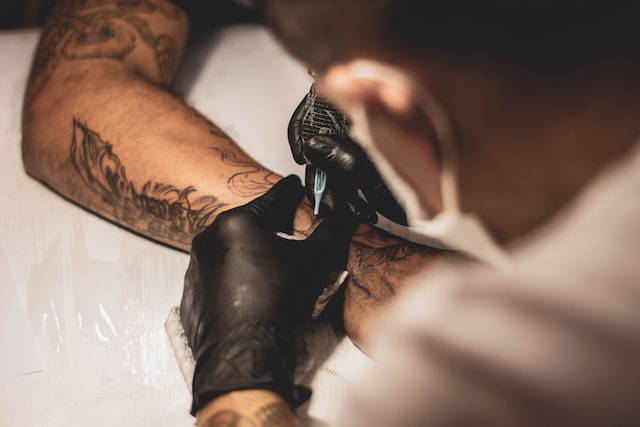While tattoos are a popular form of self-expression, there may come a time when you want to remove one or more of them. Thanks to advances in technology, tattoo removal has become more effective and accessible. If you’re considering tattoo removal in 2023, here are five top methods to consider.
1. Laser Tattoo Removal
Gold Coast laser tattoo removal is one of the most common and effective methods. It involves using high-intensity laser beams to break down the tattoo ink into smaller fragments, allowing the body’s immune system to gradually eliminate the ink. Multiple sessions may be required, depending on the size and color of the tattoo.
2. Intense Pulsed Light (IPL) Therapy
Similar to laser removal, IPL therapy uses intense pulses of light to target and fade the tattoo ink. This method is most effective on tattoos with lighter colors and can be a suitable alternative for individuals with skin types that may not respond well to laser treatment.
3. Chemical Tattoo Removal
Chemical tattoo removal involves applying a specialized solution to the tattooed area to break down the ink pigments. This method may cause some skin irritation and is generally less effective than laser removal, particularly for older or larger tattoos.
4. Dermabrasion
Dermabrasion is a mechanical method of tattoo removal that involves using a rotating brush to wear down the top layers of the skin, where the tattoo ink resides. While effective, this method can be painful and may result in scarring.
5. Surgical Excision
For smaller tattoos, surgical excision involves removing the tattooed skin and stitching the remaining skin back together. This method is generally reserved for tattoos that are difficult to remove through other means and may result in scarring.
Before deciding on a tattoo removal method, consult with a qualified dermatologist or tattoo removal specialist. They can assess your tattoo and recommend the most suitable removal technique based on factors such as the tattoo’s size, color, age, and your skin type.
Keep in mind that tattoo removal is a gradual process, and multiple sessions may be required for satisfactory results. Ensure you follow post-treatment care instructions to promote proper healing and minimize the risk of complications.




